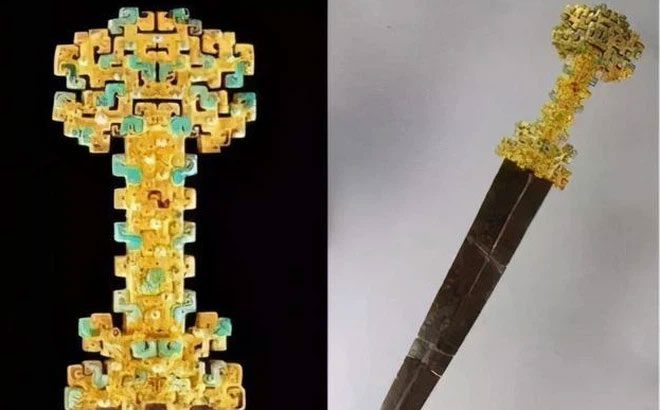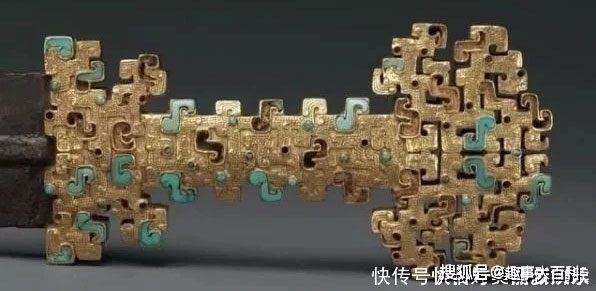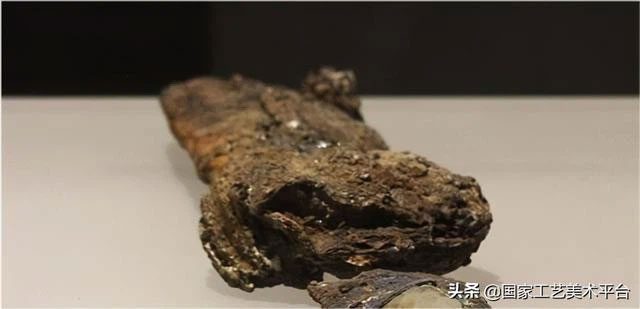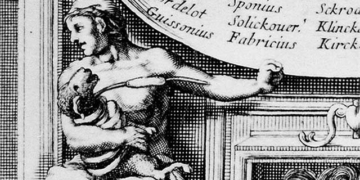In the early 1990s, an archaeological team discovered an ancient tomb in Baoji City, Shaanxi Province – a site considered an archaeological holy land in China. During the initial rescue excavation, the experts found numerous grave robbers’ pits on the sealed earth layer of the tomb, indicating that this tomb had been visited by grave robbers multiple times.
Fortunately, this special mausoleum was constructed in compartments, and all intruders had only accessed a small side tomb, while the main tomb and the main corridor of the mausoleum remained untouched. It must be acknowledged that the design of the mausoleum is incredibly intelligent and admirable!
The experts quickly found the entrance to the main mausoleum, where they were stunned by the magnificent sight before them. The main tomb was bright and filled with an abundance of gold and silver jewelry, numbering in the hundreds. The archaeological team felt as if they had entered a fairyland, carefully examining each beautiful artifact crafted from gold and silver.
Upon observing the characteristics of some burial items, the experts concluded that this was a Western Zhou tomb (1046 BC – 771 BC), a golden age of slave society in China, marked by significant advancements in social productivity, agricultural production, and cultural development compared to previous periods.
Unfortunately, there were no inscriptions in this tomb, so future generations cannot determine the identity of the tomb owner. However, it is likely that the tomb belonged to a wealthy noble or a member of the Western Zhou royal family.


The sword hilt weighs 6kg, made of pure gold with intricate jade details. (Photo: Sohu).
While quickly searching for treasures within the mausoleum, the members of the archaeological team were drawn to a golden sword found in a pit of earth next to the tomb corridor. In fact, the sword had lost its blade and only the hilt remained, yet the hilt alone weighed an impressive 6kg.
This hilt was crafted from pure gold, intricately carved into many delicate hollow grooves, and adorned with dozens of jade stones from the Shang and Zhou periods. Indeed, few can resist the beauty of this treasure!
“This pile of scrap metal is the national treasure!”
After discovering the pure gold hilt, the team leader requested the members to continue digging along the tomb corridor, quickly uncovering a rusty sword blade. The blade had been buried in damp earth for so long that it had oxidized to a pitiful state, initially resembling a pile of scrap metal.
Unexpectedly, upon seeing it, the team leader was immensely pleased: “This pile of scrap metal is the national treasure, the greatest achievement of this archaeological endeavor!”

This blade is evidence of the remarkable advancements in metallurgy of ancient people. (Photo: Sohu)
It turned out that this was the iron blade of the aforementioned pure gold sword. 2,900 years ago, while gold was considered very luxurious, it was still merely a resource that humans could extract; in the early days of human civilization, iron was the true testament to human industrial strength.
This sword blade is a testament to the exceptional metallurgical skills of ancient times, showcasing the intellect of previous generations. “Gold is soft, iron is hard,” it was the superior metallurgy techniques of humans that enabled the creation of many tools for the subsequent development of society.
The sword found in the Western Zhou tomb has been named “Jin Bing Tie Dao”, meaning the golden-hilted sword, and is currently preserved in the Nanjing Museum, Nanjing City, China.




















































